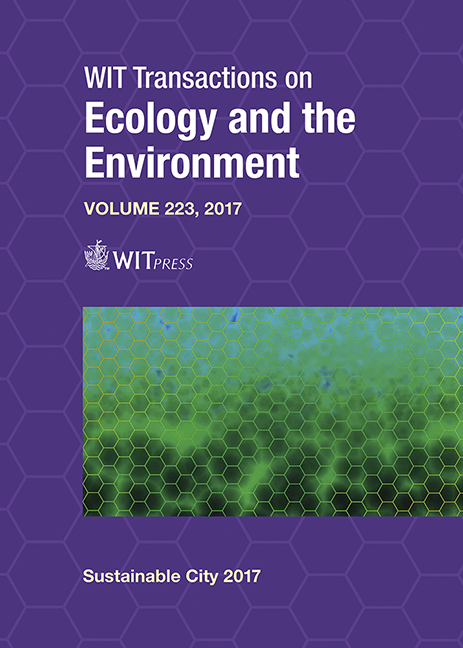MEMBRANE SELECTION FOR ORGANIC CONTAMINANTS REMOVAL FROM HARTBEESPOORT DAM WATER IN SOUTH AFRICA
Price
Free (open access)
Transaction
Volume
223
Pages
10
Page Range
583 - 592
Published
2017
Size
476 kb
Paper DOI
10.2495/SC170511
Copyright
WIT Press
Author(s)
AMOS ADENIYI, RICHARD MBAYA, MAURICE ONYANGO, PATRICIA POPOOLA, THABO BROOMS
Abstract
Membrane filtration of raw water obtained from Hartbeespoort dam in South Africa and spiked with four different organochlorides pesticides and three polyaromatic hydrocarbons was done using three different commercially available membranes (AFC 40, AFC80 and AFC99). The purpose was to determine important membrane characteristics for removal of organic contaminants and enhance water recovery. AFC40, a nanofiltration membrane, showed a modular structure, has 2.9% porosity and average roughness 0.76. AFC80, a reverse osmosis membrane, showed little modular structure, has 2.9% porosity and average roughness 0.79. AFC99, another reverse osmosis membrane was tight and showed no nodular structure, percentage porosity was 0.2 while average roughness was 0.67. All the membranes are hydrophilic and gave more than 99% rejection of organic solutes however water recovery was higher with AFC40 which is more hydrophilic (Contact angle 30°– 40°) and lowest with AFC99 which is less hydrophilic (Contact angle 40°–63°). EDX results showed that AFC99 has the lowest sodium and sulphur contents. This may have contributed to the absence of modular structure, lower hydrophilicity, and its tightness. The FTIR analysis of the membranes indicated a significant presence of amides group (peak at 1650cm-1) and acyl and phenyl C-O groups in all the membranes (peak at 1150 cm-1). The presence of ortho disubstituted aromatic group (peak at 74 cm-1) was observed in both AFC40 and AFC80 but not in AFC99. This is suspected to have contributed to the tight structure of AFC99. AFC40 had little effect on the conductivity of the feed water. Membranes with higher nodular structure have a higher porosity. The presence of nodular structure increases water recovery but also allows the passage of some dissolved solids, and is therefore important in the selection of membranes for organic contaminants removal from hartbeespoort dam water.
Keywords
Hartbeespoort dam, organic solutes, membranes, reverse osmosis, nanofiltration





